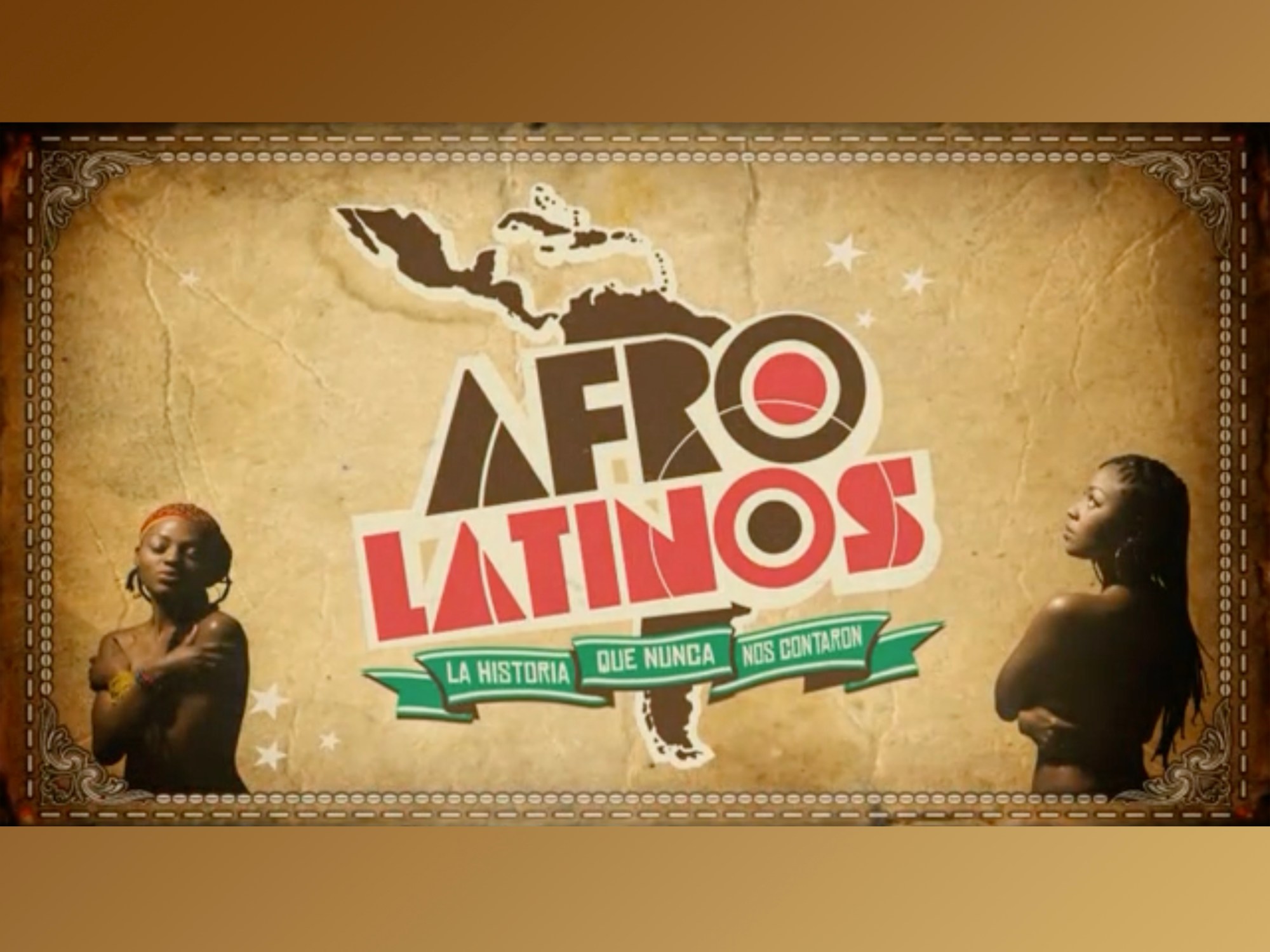
- Industry
Tracing Afro-Latino Identity in Cinema
As we celebrate Black History Month, let’s take a look at the scope and impact this annual celebration has on those Latin American countries whose mixed heritage and histories speak crucially to cross-cutting identities.
We discuss the seventh art as a fundamental window to give visibility to the Afro-Latino diaspora and as a means of representing the experiences of communities of African heritage in Latin America. Tracing transcontinental legacies, we find examples of how filmmakers from the Americas have represented Afro-Latino culture on screen.
Let’s start with Afrolatinos: La historia que nunca nos contaron (Afrolatinos: The Story They Never Told Us), a documentary series created in 2009 by American filmmaker Renzo Devia and New York-Dominican writer/producer Alicia Anabel Santos to talk about the history of people of African descent in Latin America. Through the different artistic disciplines, the series invites us to understand the birth and social problems of American miscegenation.
Another interesting documentary, which can be seen on YouTube, is Así viven los afromexicanos (This Is How Afro-Mexicans Live) (2021). With fresh and colloquial language, this short film offers the opportunity to learn about the social problems suffered by the Afro-Mexican community (1.3 million people) in Mexico but also the mixture of culture that makes them unique and the pride that this group feels for being Mexican.
Even though people tirelessly repeat that there are no Blacks in Mexico, the documentary Jamaica y Tamarindo: tradición afro en el corazón de México (Jamaica and Tamarindo: Afro Tradition in the Heart of Mexico) shows the opposite. Its author, the young Blaxican filmmaker (a term that combines the words Black and Chicano) Ebony Marie Bailey, wanted to make visible all the aesthetic, gastronomic, musical and even architectural expressions that, although part of the Mexican national culture, originated in Africa. And they are imbued with themes of ancestry, struggle and resistance.
The film La negrada (Black Mexicans) (2018) also deals with Afro-Mexicans. Its director, Jorge Pérez Solano, decided to embark on this project that talks about the population of the Oaxacan coast, “El Queridato.” It is also the first Mexican fiction film to deal with the issue of populations of Afro origin.
Tracing the origins of Afro-Cuban songs and dances brought by slaves to Perico, Cuba, Australian historian, writer and filmmaker Emma Christopher found a remote Sierra Leone village where, upon watching a recording of Cuban songs and dances, the people joyously exclaimed: “They are us!” This expression gives the title to the documentary, They Are We (2014), a colorful and vibrant work that celebrates Afro-Cuban culture with a simple question, “Can a family, which was separated by the transatlantic slave trade, sing and dance to be together again?
Speaking of music and dance, a filmmaker of Angolan origin, known as Dom Pedro, in his documentary Tango negro: Las raíces africanas del tango (Black Tango: The African Roots of Tango) (2013), takes to the streets of Buenos Aires and beyond in search of his historical roots through hybrid music such as tango. Along the way, he discovers a nation that is deeply ambivalent and reluctant to accept the African heritage of its most internationally recognized and appreciated cultural expression.
Following the path of music, in Peru, the famous documentarian Delia Ackerman (Voices That Heal) made Las manos de dios (God’s hands) (2004). Ella Ackerman brings us closer to the figure of Julio “Chocolate” Algendones Farfán, a prominent percussionist, composer and performer of Afro-Peruvian and jazz music. He was considered the master of the cajón and one of the most important interpreters of Afro-Peruvian folk music.
In 2016, filmmakers Alejandra Quintana Martínez and Adrián Villa narrated in their documentary, Por qué las aves cantan (Why the Birds Sing), the story of three Afro-Colombian women leaders who were displaced from their territories due to the armed conflict in their country. It is through singing that the culture of these women manages to empower itself.
The film by Colombian Diana Kuellar, Marimbula (2016), also speaks of Afro-Colombianity. It is the story of two young people from San Basilio de Palenque, who travel to Senegal to discover the land of their ancestors. However, the reality suffered by the African country is very different from that of the place where the young people come from. It’s a chronicle of how dreams do not always prevail over reality.
African traits such as having dark skin and curly hair are what make a teenager from a marginal neighborhood in Caracas, Venezuela the target of intolerance in his environment. In Pelo malo (Bad Hair) (2013), a film by Venezuelan Mariana Rondó, Junior is the eldest son of Marta, a young woman who has just lost her job and is desperately looking for another job to support her family.
Junior is obsessed with his hair – “bad hair,” according to the racist expression in Venezuela – which gives the film its title. He is obsessed to straighten his hair so that he can become a famous singer. For the director, the film speaks of the freedom of the individual and the right to discover his own identity without submitting to the judgment of others.
This journey in search of Afro-Latin identity would not be complete without revisiting a classic, Marcel Camus’ version of the myth of Orpheus and Eurydice. Set in the Rio Carnival, Orfeu Negro (Black Orpheus) (1959) follows tram driver Orfeu who, despite being engaged, falls in love with Eurydice, a young woman who recently arrived in the city. True to the myth that it takes up, the love story is doomed from the beginning but the French director wanted to add a touch of vibrant joy and color to transfer the Greek iconography of the tale of Orpheus to Afro-Brazilian traditions.
Translated by Mario Amaya

